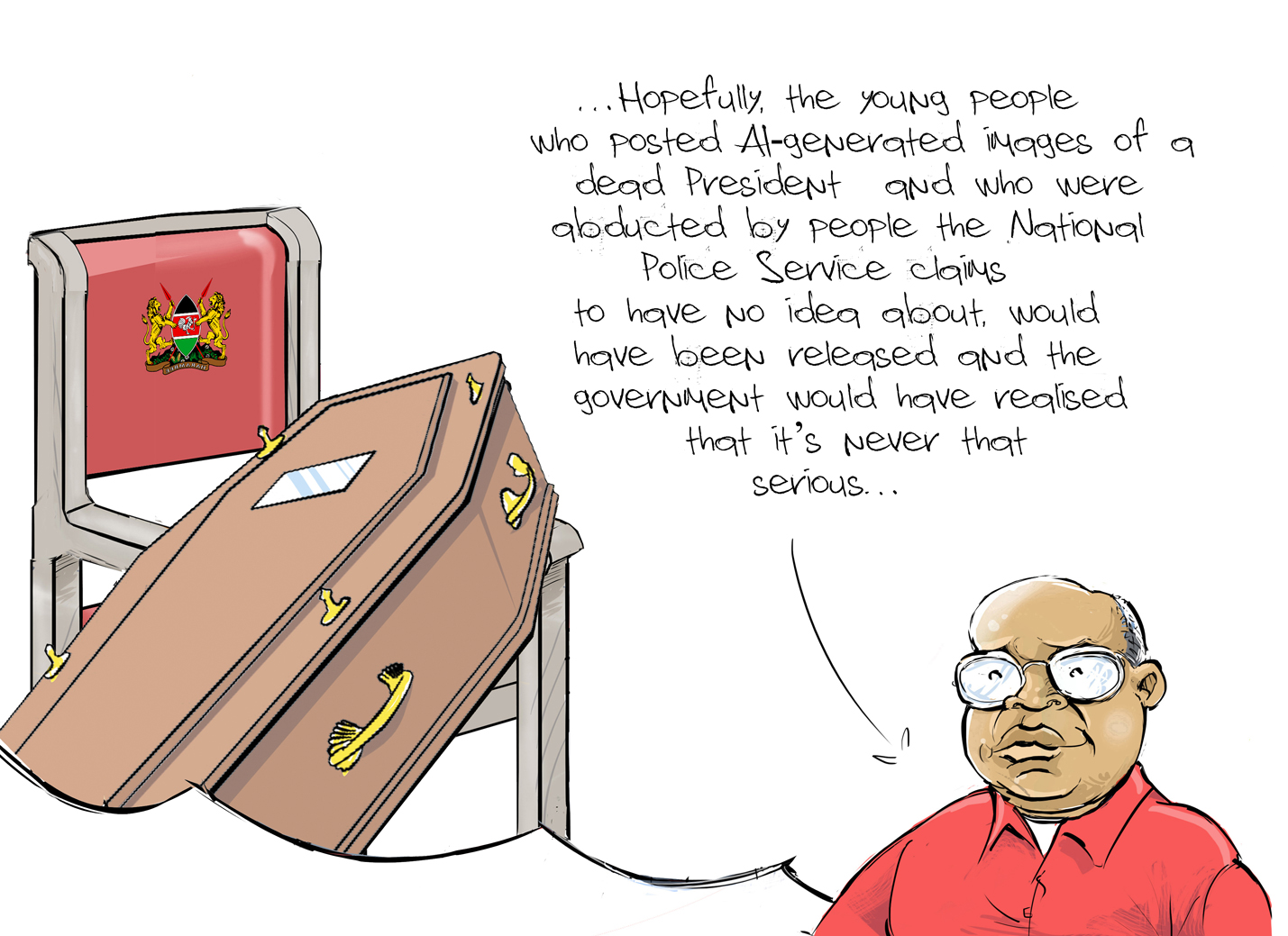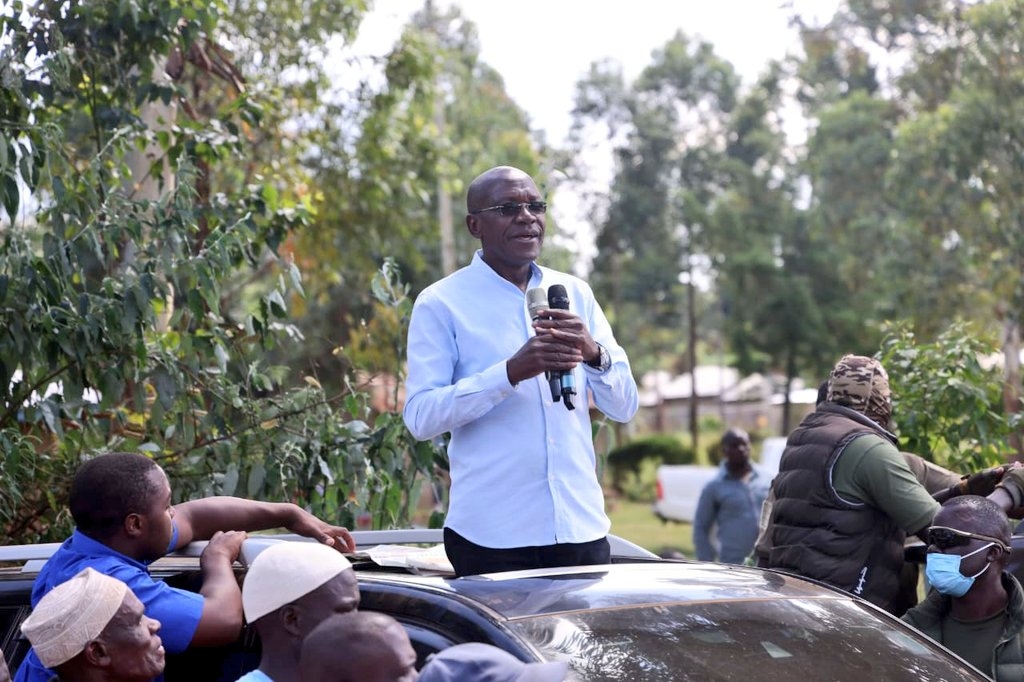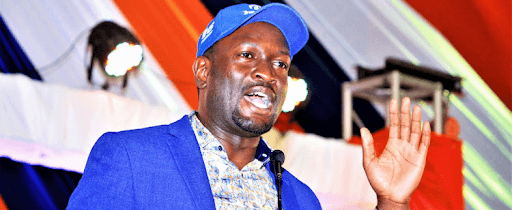

For instance, 30 years ago this month (January), while social media as we know it today was still a couple of years off, Kenya’s notorious political rumour mills were going full blast and word of mouth was still the best vector.
The hottest rumour of January 1995 was that President Daniel arap Moi was either on his deathbed or already dead.
This rumour was sparked by the fact the last time many people recalled seeing him had been at the annual New Year's Eve “bull dance” at State House Nakuru to usher in the new year.
Readers need to appreciate that during the Moi presidency, there was no First Lady, and a tradition had grown of all the main Cabinet ministers and other politicians of the day accompanying the president in public sans their wives.
For a man as ubiquitous on TV and radio news broadcasts as President Moi, a whole fortnight without his activities being the first news item on the day’s main news bulletins was completely out of character.
As much as it irritated many of us, Kenyans had resigned ourselves to the fact that the phrase or variations of it: “His Excellency President Daniel Toroitich arap Moi has today…” would herald the start of the day’s broadcast news on the state broadcaster KBC and the “semi-official” KTN.
For those readers who may not be aware of the history, I describe KTN as “semi-official” because at the time, the channel was still the property of the ruling Kanu party under the Kenya Time Media Trust umbrella.
This is even though there were ongoing behind-the-scenes manoeuvres that would see the station transform into a private entity that would eventually belong to the Moi family.
However, that is perhaps a story for another day. Today’s story is about how the rumours of President Moi’s death circulated across the country and how the President himself went about laying that particular rumour to rest.
In the words of the lead article that appeared in the first Weekly Review edition of February that year: “When President Daniel arap Moi appeared on the streets of Nairobi on Tuesday this week, His appearance was perhaps the best means by which to quash the rumour, which had done the rounds in the country for well over a week, regarding the state of his health.
“Even more reassuring to the public must have been his appearance on television that evening, a healthy President on the move. The front-page pictures the following day had the President being mobbed by hundreds of anxious residents who appeared eager to get as close to him as possible.
“What better way to kill the rumour than by seeing the President at close quarters and greeting him, as many members of the public tried to do on Tuesday. Many could at last confirm that the President was alive and in good health.
“In all probability, the President's sudden appearance was intended to achieve just that. He was showing both his supporters and detractors alike that he was still his old self.”
For me, the interesting thing about Moi’s reaction to this rumour of his death was very different to how he might have behaved even just four years earlier.
In the early 1990s, people, and particular political types, would have found themselves picked up by members of the Special Branch (which would in 1998 become the National Security Intelligence Service, NSIS) and taken to the Nyayo House basement. There, they would be tortured before being detained without trial at the President’s pleasure.
Speaking of the Nyayo House basement torture chambers, in those days, KTN’s studios were just a lift ride away upstairs in the same building.
Hopefully by the time you read this, the young people who posted AI-generated images of a dead President Ruto, and who were abducted by people the National Police Service claims to have no idea about, would have been released and the government would have realised that it’s never that serious.














